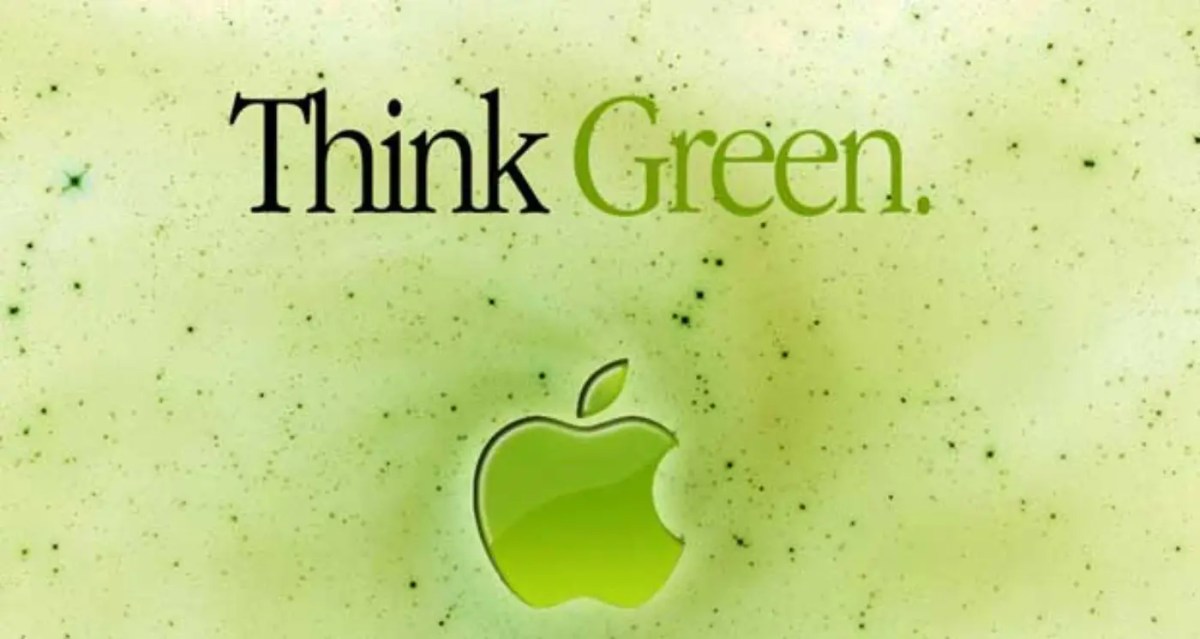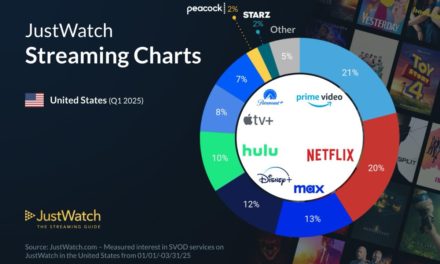Apple has announced that it’s welcomed key manufacturing partners Taiwan Semiconductor Manufacturing Company (TSMC) and Murata Manufacturing as new investors in the Restore Fund.
The fund is designed to scale global investment in high-quality, nature-based carbon removal while protecting critical ecosystems. Global semiconductor foundry TSMC will invest up to US$50 million in a fund managed by Climate Asset Management, a joint venture of HSBC Asset Management and Pollination.
Murata — an iPhone supplier based in Japan — will invest up to $30 million in the same fund. These new investments build on Apple’s previous commitment of up to $200 million for the Restore Fund’s second phase, bringing the total to $280 million in committed capital.
Apple also announced the partners in the Restore Fund’s initial phase, launched in 2021. Through these investments, Apple, Goldman Sachs, and Conservation International are partnering with experienced forestry managers — Symbiosis, BTG Pactual Timberland Investment Group, and Arbaro Advisors — to support the creation of sustainably certified working forests on degraded pasture and agricultural lands in South America. Apple expects the portfolio to exceed its goal of removing 1 million metric tons of carbon dioxide from the air by 2025.
“When businesses invest in nature, they’re also investing in healthier communities, a more resilient global economy, and a critical tool in the fight against climate change,” says Lisa Jackson, Apple’s vice president of Environment, Policy, and Social Initiatives. “The Restore Fund is already delivering real benefits for communities and ecosystems in South America while removing carbon from the atmosphere. And we’re thrilled to see suppliers join us by investing in nature on top of their urgent work to decarbonize their businesses.”
She says that to select the portfolio of projects in its first phase, the Restore Fund carefully assessed prospective managers and investments to ensure they meet robust environmental, social, and governance criteria, and strict standards for quality, scalability, and impact. Most potential investments are screened out through this intensive due diligence process, which is further detailed in a recent white paper on Apple’s carbon removal strategy.
According to Apple, all projects selected for the Restore Fund undergo regular assessments to monitor forest change and growth over time, address fire and other potential risks, and verify forest carbon stock. As part of this analysis, Apple and partners — including Space Intelligence and Upstream Tech — have used innovative tools such as LiDAR on iPhone, satellite data, bioacoustic monitoring, and machine learning to evaluate the wellbeing of the land and project progress.
The projects in the Restore Fund’s first phase all share a goal of creating new, responsibly managed working forests to help meet increasing global demand for timber and reduce pressure on natural forests. The projects will be managed by:
- Arbaro Advisors, which is building a portfolio of forestry projects across Latin America, including Apple’s first Restore Fund project in Paraguay, to develop sustainably managed eucalyptus farms while strengthening livelihood opportunities for local communities and protecting natural ecosystems in the project area.
- BTG Pactual Timberland Investment Group, which is working to restore and protect natural ecosystems on half of the project area while planting the other half with commercial species, like eucalyptus.
- Symbiosis, which is developing native seedlings to grow working forests of native tropical hardwoods while protecting natural forests in Brazil’s Atlantic Forest.
Article provided with permission from AppleWorld.Today






